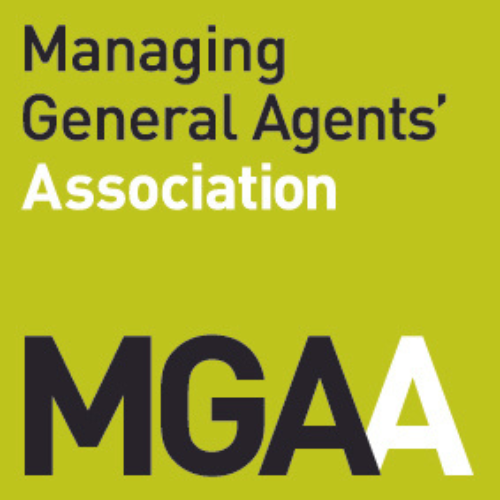With the PRA and FCA now beginning to really focus on how they can effect change that helps them deliver on their new secondary growth objectives, it is worth looking forward to a change likely to take effect at the end of 2024. The evolution of Solvency II to Solvency UK is well under way and is of course also part of the way the Government hopes to unlock growth generally in the UK economy. But overlooked perhaps in all the other changes are proposals to make some fairly significant changes to the size thresholds which currently determine whether firms are subject to the primary Solvency rules or the non-Directive firm (NDF) sector rules.
Firm size is a crude but obvious mechanism which the PRA uses to determine the risk of harm to UK consumers in the event of firm failure and as such, any changes to these thresholds raise the question of whether they introduce significantly increased risks.
New Solvency Thresholds
The proposed increases in the Solvency thresholds include a change in denomination from the Euro to GBP and are:
- a firm’s gross written premium income threshold increasing from €5 million to £15 million;
- The firm and group technical provisions thresholds increasing from €25 million to £50 million.
In the case of the GWP limit, when the conversion from Euro to Pounds is factored in, that is an increase to over three times the current limit. That said, any firm writing as little as £15m GWP remains tiny compared to the majority of insurers operating in the UK and is most-likely to be a captive or niche-market insurer. That in itself significantly changes the likelihood of any harm affecting consumers and will almost certainly have been a factor in the PRA considerations.
No changes are proposed to any other thresholds, except that they will be re-denominated from Euros to Pounds.
Benefits Of New Approach
For those firms thinking about operating a captive or other small dual regulated firm, this proposed change will be welcome. It eases the burden to entry and likely helps ensure lower costs of compliance. The main benefits will be:
- Simpler requirements on capital;
- More pragmatic governance requirements;
- The possibility of slightly reduced regulatory fees;
- The ability to factor in greater levels of growth before having to absorb the higher costs of full Solvency compliance;
- Streamlined reporting obligations.
The PRA have also recognised that a change in regulatory approach for existing firms may not be desirable given the change to models and reporting that would be required. It has proposed offering a ‘voluntary requirement’ option that would allow new and existing firms to operate within the existing requirements if they prefer.
With the ongoing shift to making the UK a more attractive jurisdiction for investment, those looking to create new capacity through the operation of a captive vehicle, or through the creation of products aimed at smaller and niche markets will welcome the opportunity to significantly reduce the regulatory burden and cost of doing so, likely creating a positive influence on expected return on capital.
Conclusion
This element of the wider Consultation on the changes to the UK Solvency regime was subject to a relatively short period of consultation and with the desire to give firms certainty as early as possible, we can expect to see more news on these proposals for relatively soon. Indeed, the PRA have already issued finalised guidance on other aspects of the Consultation Paper.
In our view, this is a great example of the UK creating a pragmatic approach to regulation that balances the need to provide an appropriate level of protection for policyholders carefully with the cost of regulation. We would encourage firms considering investment in the UK to ensure the new proposals form part of their planning, if they expect to fall within the parameters of the new Solvency Thresholds. If that is something you are considering and you would like to understand more about the way the revised Thresholds are likely to work, do speak with the author, or usual ICSR contact.









